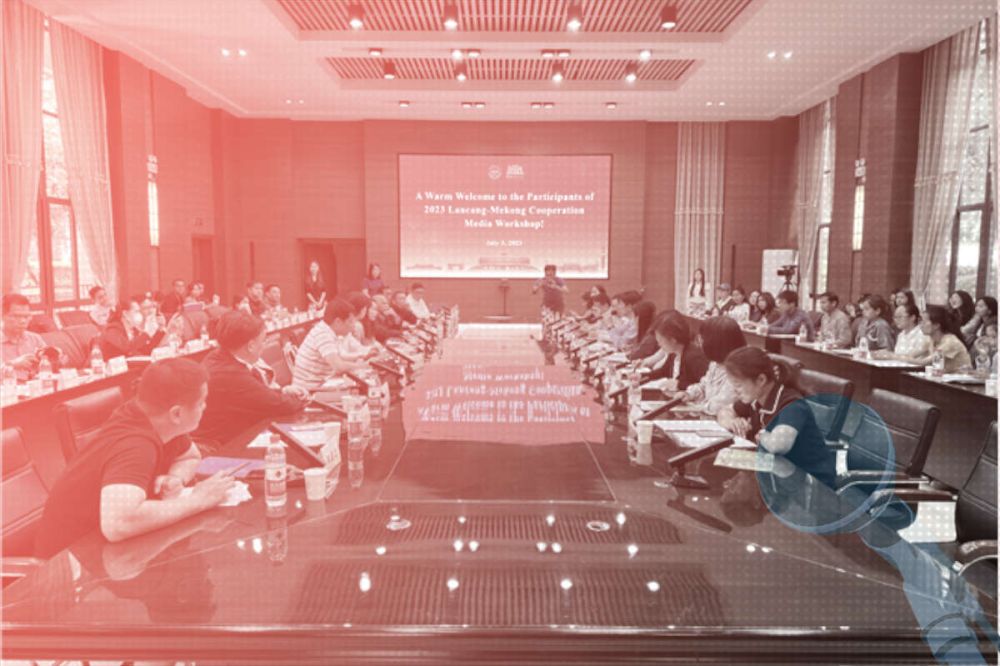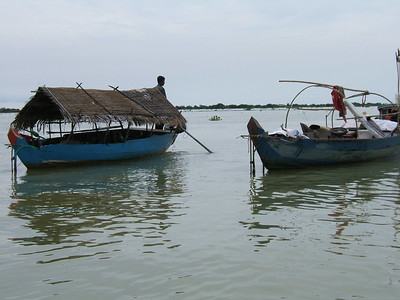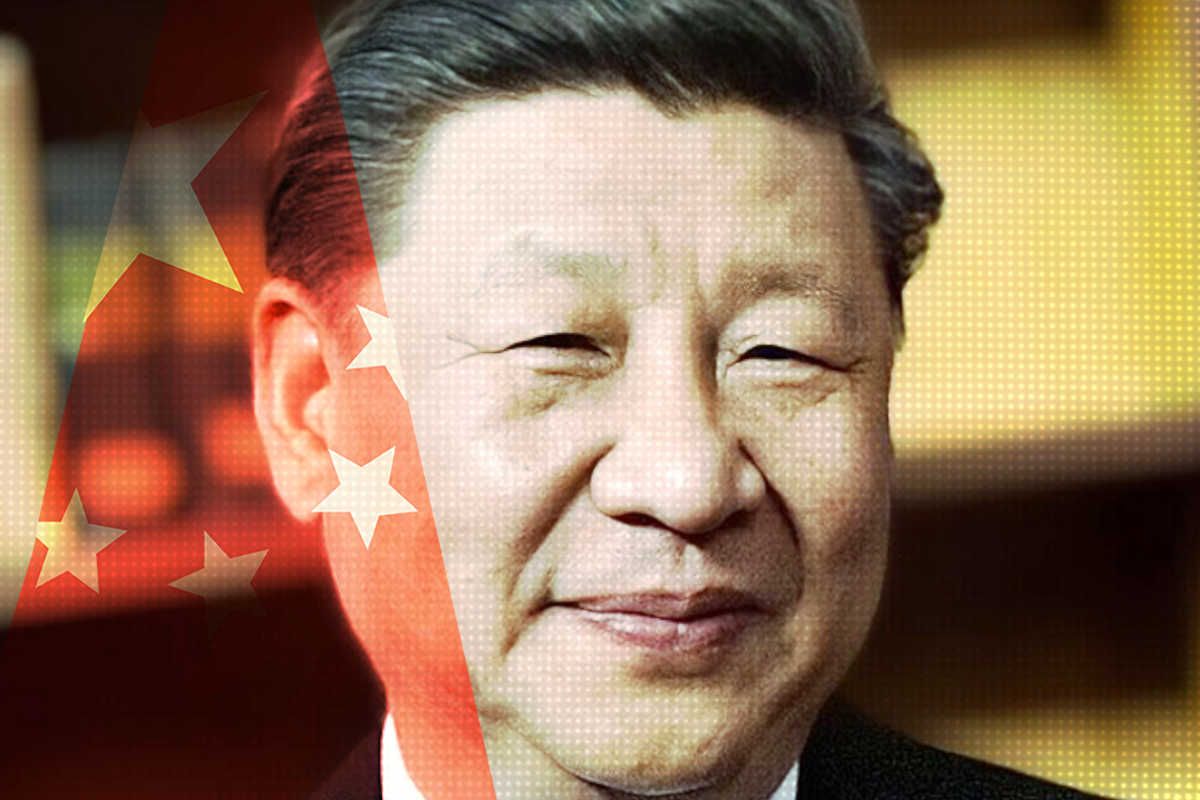Going Global
Telling the Mekong Story

Journalists from Southeast Asia gather in Yunnan for a workshop as part of the Lancang-Mekong River Media Cooperation Summit. Source: People’s Daily.
This month, as a delegation of journalists from across Southeast Asia toured southwest China’s largest wind power project, 135 turbines brightly painted with patterns referencing the area’s ethnic groups “whirred in the wind,” according to the People’s Daily. Journalist Nguyen Thi Yen (阮氏燕) of Vietnam Communist Party Online was quoted as saying with emotion as she raised her mobile to take a snapshot: “I hope China will promote its wind power construction experience to drive sustainable development in Southeast Asia.”
Nguyen’s all-expenses-paid tour of China was part of the Lancang-Mekong River Cooperation Media Summit (澜沧江—湄公河合作媒体峰会), a regular event hosted by the Chinese Communist Party’s flagship newspaper with the support of its Central Propaganda Department. The event is one of many efforts by the Chinese government to foster closer relationships with media from Thailand, Cambodia, Laos, Myanmar and Vietnam, and drive the narrative of Lancang-Mekong development in ways favorable to China’s interests — combatting the view, supported by a wide range of experts, that the country’s dam projects in particular have devastated the region.
According to this narrative, relentlessly promoted in the state media, China is a benevolent partner in the region, offering technological largesse and scientific know-how in order to “regulate floods and replenish droughts” (调丰补枯). In a paper last year, Hoang Thi Ha, a senior fellow at Singapore’s ISEAS–Yusof Ishak Institute, wrote that this phrase — routinely used to promote the Lancang-Mekong Cooperation (LMC) sub-regional mechanism launched by China in 2016 — is central to the “positive framing of its dams as providing regional public goods.”
Not surprisingly, the phrase was on full display during the recent media tour. Souksakhone Vaenkeo, the deputy editor of the Vientiane Times (万象时报), was quoted in the People’s Daily report as saying, as though on cue: “China scientifically dispatches Lancang River’s graded hydropower plants to give full play to the role of ‘regulating floods and replenishing droughts’ in disaster prevention and mitigation.”
For all of the talk of scientific management and sustainable development — packaged and sold as “China’s wisdom” (中国智慧) — the destructiveness of China’s activities in the region and along the upper reaches of the Mekong River has in recent years been a matter of existential concern. In 2020, scientists concluded that Chinese dams along the Mekong had directly caused low water levels and drought conditions in Laos, Cambodia, and Thailand that had devastated farms and fisheries.

“They create damage, but they ask for gratitude,” Chainarong Setthachua, a lecturer and Mekong expert at Mahasarakham University, said at the time of China’s actions in the region.
The contrast between these dire warnings and the accolades running regularly in the Chinese state media could hardly be more profound. The same report on the media tour quoted Mohan Tirugmanasam Bandam, the Malaysian publisher of Cambodia’s Khmer Times, crediting China for its conservation efforts. “China provides the downstream countries with year-round hydrological data free of charge,” he said, “which plays an important role for the Mekong countries in effectively responding to the risk of water and drought-related disasters, ensuring the food security of countries in the basin, and promoting water conservation and green development.”
Scientific experts now argue that the disequilibrium in the Lower Mekong Basin is approaching an ecological tipping point, with Chinese dams bearing much of the blame. “Most communities don’t know about what is happening in other sections of the river,” Brian Eyler, the Southeast Asia program director of the Stimson Center and co-lead of its Mekong Dam Monitor Project, told The Diplomat last year. “The Mekong is dying a death of a thousand cuts from these dams.”
Eyler’s warnings about the lack of reliable and shared information about looming environmental and food security risks among local communities in the Lower Mekong Basin reveal how these risks are compounded by threats to the integrity of local media coverage across the region. At a time when communities in Southeast Asia most urgently need reliable news and robust discussion of environmental impacts and their causes, Chinese efforts like the Lancang-Mekong River Cooperation Media Summit actively work to disinform.
Hoang Thi Ha, the expert at Singapore’s ISEAS–Yusof Ishak Institute, writes that one of China’s key tactics is to take a “state-centric approach that places emphasis on engaging with the Lower Mekong governments.” This was the primary role of LMC, the mechanism launched in 2016, which works through high-level political and policy dialogues, economic cooperation, and development assistance — and, crucially, media engagement.
At a time when communities in Southeast Asia most urgently need reliable news and robust discussion of environmental impacts and their causes, Chinese efforts actively work to disinform.
This state-centric approach, Hoang writes, “has served to soft-pedal and suppress riparian communities and local civil society which have been more vocal on the Mekong’s environmental problems and the impact on their livelihoods.”
Even as the communities being impacted are left out of the story, the Chinese government and state media promote the fiction that its state-centered engagement is inclusive and humane. As the visiting journalists gathered for the summit in Beijing, their host was China’s minister of propaganda Li Shulei (李书磊), who spoke about people-to-people exchange and the bright future of relations between China and the five countries. In its report on the event, headlined “Telling the Mekong Story,” the People’s Daily said that “media cooperation is an important force in promoting humanistic exchanges and enhancing friendship and mutual trust.”
What exactly does cooperation entail? According to the newspaper, it means “telling vivid stories of mutual love and assistance among peoples.” In other words, focusing on the positives, and showering China with the gratitude it insists it deserves.
If coverage in the state media can be believed, media events like the Lancang-Mekong River Cooperation Media Summit are doing their part to shift the narrative. As the delegation visited the offices of Yunnan Daily, the official mouthpiece of the CCP committee in Yunnan province, where the Mekong runs through a steep gorge and is trapped by 11 mainstream dams before it ever enters Laos, the executive director of the Sino-Thai News Network (中泰新闻网) waxed poetic about cooperation, in a perfect echo of Xi Jinping’s propaganda mantra about the need for good storytelling.
“By building collaborative platforms, promoting cross-cultural content, and facilitating digital exchanges,” he said, “we are creating a vibrant digital Mekong region to jointly tell the story of Mekong friendship and cooperation.”





















